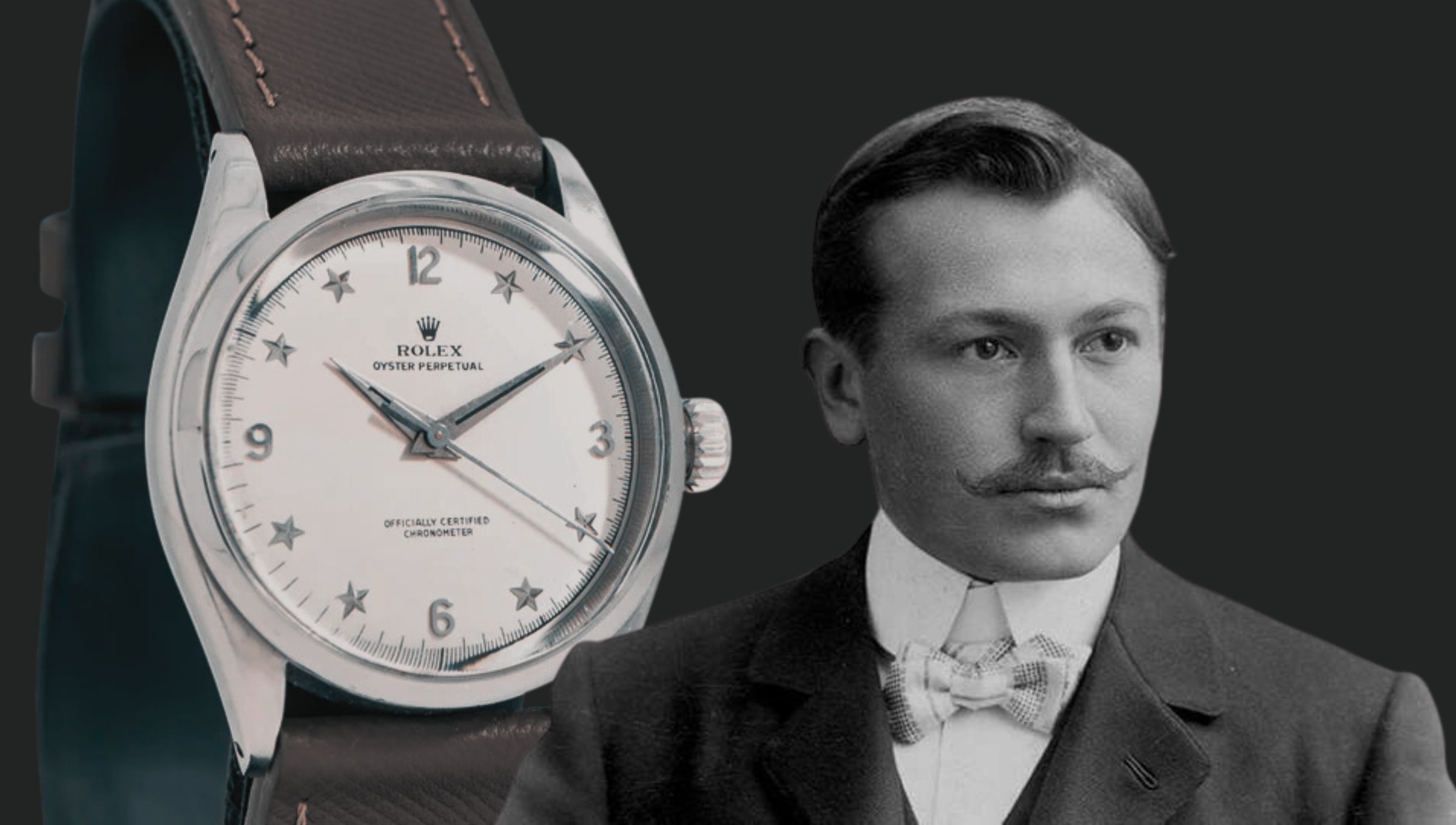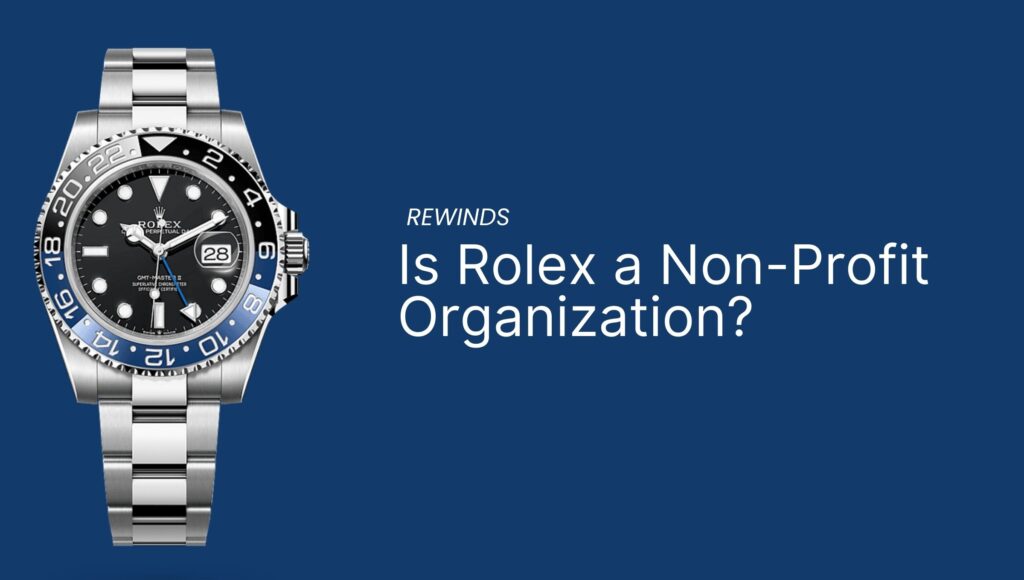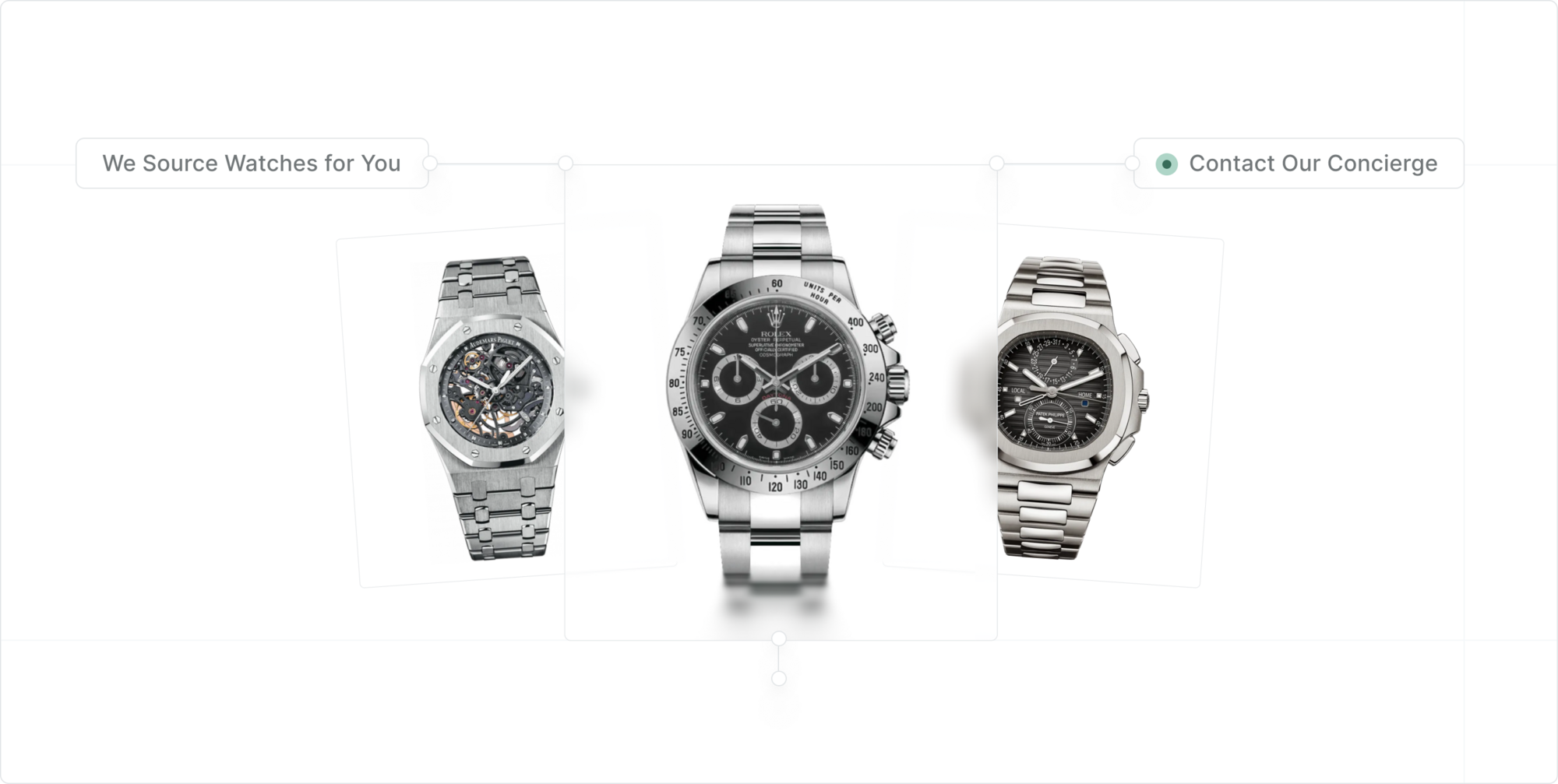Rolex carries a mystique that extends far beyond its impeccable timepieces. Unlike most luxury brands, Rolex operates under an extraordinary ownership structure tied to the Hans Wilsdorf Foundation, sparking widespread curiosity: is Rolex truly a non-profit organization? The answer lies in a complex intersection of philanthropy, business and exclusivity. While the brand’s charitable connections are well-documented, its actual business model remains shrouded in intrigue. To uncover the truth about Rolex’s unique structure and its impact on the world, let’s dive into the fascinating story behind this legendary watchmaker.
Understanding Rolex’s Unique Organizational Structure
Rolex’s organizational structure is as fascinating as the timepieces it creates, blending the worlds of business and philanthropy in a way few other brands can claim. At the core of this unique framework is the Hans Wilsdorf Foundation, a charitable trust established to uphold the legacy of Rolex’s founder. Understanding how this foundation operates and manages Rolex provides a glimpse into the brand’s enduring mystique and success.
What is the Hans Wilsdorf Foundation?

The Hans Wilsdorf Foundation was established by Rolex’s founder, Hans Wilsdorf in 1944. Wilsdorf transferred ownership of Rolex to the foundation to ensure the brand’s independence and longevity. As a private trust, the foundation holds the majority of Rolex’s shares and uses its profits to fund charitable causes, including education, scientific research, and social welfare initiatives.
Rolex’s profits primarily support the company’s operations and growth. Meanwhile, the Hans Wilsdorf Foundation’s philanthropic activities reflect Wilsdorf’s vision of creating a brand that contributes to society beyond luxury watches. This dual focus on business excellence and giving back adds depth to Rolex’s reputation as a socially responsible brand.
While many recognize Rolex as a symbol of luxury, fewer know where Rolex is manufactured—exclusively in Switzerland, across specialized facilities in Geneva, Bienne, Plan-les-Ouates, and Chêne-Bourg.
How is Rolex Managed Under the Hans Wilsdorf Foundation?
Although owned by a charitable trust, Rolex operates as a fully functioning, profit-driven company. The company is managed independently, with a professional board of directors overseeing its operations. The Hans Wilsdorf Foundation acts as the sole shareholder, ensuring that profits are reinvested into the company or directed toward charitable endeavors.
This structure allows Rolex to sustain its financial strength, exclusivity, and innovation while staying true to its founder’s vision—a delicate balance between success and giving back. By blending precision with a charitable ethos, Rolex has built an organization that doesn’t just preserve its legacy but elevates its iconic status in the luxury world. It’s fascinating to see how this unique approach resonates with collectors, enthusiasts, and anyone curious about what makes Rolex more than just a watchmaker.
Does Rolex Qualify as a Non-Profit Organization?
Rolex operates in a category all its own, blending luxury craftsmanship with a unique approach to its business model. The question of whether it qualifies as a non-profit isn’t straightforward—it’s about understanding how the brand functions, what it prioritizes, and how it reinvests its resources.
In this section, we’ll unpack the key attributes of a non-profit organization and assess whether Rolex aligns with these defining criteria.
What Defines a Non-Profit Organization?
A non-profit organization is primarily driven by a mission to serve the public good, rather than generating profits for private benefit. These organizations often rely on reinvesting any surplus revenue into their stated goals, which may include charitable, educational, or cultural initiatives. Non-profits are generally tax-exempt and operate under strict regulatory guidelines that prioritize public benefit over individual financial gain.
Does Rolex Meet the Criteria for a Non-Profit?
While Rolex is owned by the Hans Wilsdorf Foundation, a charitable entity, the brand itself operates as a for-profit enterprise. Rolex generates significant revenue from the sale of its luxury watches, with profits reinvested into the business for innovation, expansion, and maintaining its position as a leader in the industry. Although the foundation uses a portion of these profits for philanthropic endeavors, the company does not meet the strict legal or operational criteria to be classified as a non-profit organization.
Why Rolex is Often Misunderstood as a Non-Profit
This misconception arises due to the unique ownership model involving the Hans Wilsdorf Foundation. Many assume that because a charitable trust owns Rolex, all its profits automatically fund philanthropic causes.
However, the reality is more nuanced: while philanthropy is integral to Rolex’s mission, the company operates with a business-first approach to maintain its unparalleled brand equity and market position.
Rolex’s Financial Performance and Business Model
Rolex’s status as a global luxury icon is built on its craftsmanship and a robust financial model. By leveraging its exclusivity and unparalleled brand value, Rolex has established diverse revenue streams that sustain its operations and leadership in the competitive luxury market.
Revenue Streams for Rolex
Key revenue streams include:
- Luxury Watch Sales: Rolex produces approximately one million watches annually, with prices ranging from $5,000 to over $75,000, depending on the model.
- Exclusive Limited Editions: Highly sought-after pieces like the Daytona and Submariner drive demand among collectors and investors.
- Brand Licensing and Partnerships: Rolex benefits from strategic partnerships, including its long-standing association with prestigious events like Wimbledon and the Oscars.
Where Do Rolex’s Profits Go?
Rolex reinvests the majority of its profits into:
- Innovation: Developing new materials, movements and technologies to maintain its reputation for precision and quality.
- Operations: Ensuring state-of-the-art manufacturing facilities and sustaining its workforce.
- Philanthropy: Supporting global causes through the Hans Wilsdorf Foundation.
Does Rolex Pay Taxes?
Despite its philanthropic initiatives, Rolex is not exempt from taxes. The company adheres to Swiss tax laws and fulfills its corporate tax obligations. This debunks the myth that Rolex operates as a tax-exempt entity.
Charitable Contributions and Philanthropy
Rolex’s commitment to philanthropy extends far beyond crafting iconic timepieces. Guided by the Hans Wilsdorf Foundation, the brand channels significant resources into charitable causes worldwide. Additionally, Rolex integrates sustainability into its operations, reflecting its dedication to ethical business practices and long-term environmental responsibility.
Rolex’s Charitable Causes Through the Hans Wilsdorf Foundation
The Hans Wilsdorf Foundation directs a significant portion of Rolex’s profits toward global causes, including:
- Educational Grants: Scholarships for students in need.
- Environmental Conservation: Initiatives to preserve natural habitats and promote sustainability.
- Cultural Support: Funding for museums, art exhibitions and historical preservation.
Sustainable Practices in Rolex’s Business Model
Rolex prioritizes sustainability by sourcing ethically responsible materials and employing energy-efficient manufacturing techniques. This aligns with its commitment to environmental stewardship as part of its philanthropic mission.
Common Misconceptions About Rolex’s Non-Profit Status
Rolex’s connection to the Hans Wilsdorf Foundation often leads to misunderstandings about its operations. While philanthropy plays a significant role in its mission, these misconceptions overlook the brand’s core identity as a profit-driven enterprise.
Rolex Operates Like a Traditional Non-Profit Organization
While Rolex donates a portion of its profits to charity, it is a profit-driven enterprise. Its non-profit association stems from public misunderstandings of the Hans Wilsdorf Foundation’s ownership role.
All Rolex Profits Go to Charity
This is a myth. Rolex balances its philanthropic efforts with reinvestments in technology, marketing and operations to sustain its competitive edge.
Rolex Does Not Reinvest in the Business
Contrary to this belief, Rolex prioritizes business sustainability, investing heavily in craftsmanship, horology advancements and global market expansion.
Rolex is Not Focused on Profits
While philanthropy is integral, Rolex remains profit-oriented, using its financial success to maintain market leadership and brand equity.
Rolex is Owned by a Charity
Although the Hans Wilsdorf Foundation owns Rolex, the company operates independently as a corporation. The foundation allocates a portion of profits for charitable causes.
Public Perception vs. Reality
Rolex’s iconic status and unique ownership structure often blur the lines between public perception and reality. While the brand’s exclusivity and philanthropic ties shape how it is viewed, the truth lies in its ability to balance social responsibility with its identity as a profit-driven luxury powerhouse.
How Branding Shapes Perception
Rolex’s emphasis on exclusivity and its philanthropic association with the Hans Wilsdorf Foundation influence public beliefs about its non-profit status.
The Reality Behind Rolex’s Corporate Strategy
Rolex is a masterful blend of philanthropy and profit, seamlessly integrating social responsibility into its business model while operating as a world-renowned luxury brand.
Conclusion
Rolex’s unique structure under the Hans Wilsdorf Foundation sets it apart as a socially responsible luxury powerhouse. However, the brand operates as a for-profit entity, balancing its commitment to philanthropy with a robust financial strategy. This dual identity solidifies Rolex’s reputation as a symbol of elegance, precision and lucrative investment opportunity.
Explore how Rolex combines its heritage, innovation and charitable efforts to remain a leader in the luxury watch market. Whether you’re a collector, investor, or enthusiast, Rolex continues to redefine what it means to own a piece of horological art.
Discover the performance of your luxury watch portfolio or explore Rolex’s potential as an alternative investment at Watches.io.
FAQs About Rolex’s Non-Profit Status
Why are Rolex watches considered a good investment?
Rolex watches are renowned for retaining their value over time due to their unmatched craftsmanship, limited production and high demand. Unlike other luxury items, Rolex timepieces often appreciate in value, especially rare and iconic models like the Submariner or Daytona, which consistently attract collectors and investors worldwide.
Can Rolex watches appreciate in value over time?
Yes, models like the Daytona and vintage collections often increase in value, driven by scarcity and collector demand.
How does Rolex balance profits and philanthropy?
Through the Hans Wilsdorf Foundation, Rolex channels some of its profits into charitable initiatives while reinvesting in its operations.
How does Rolex contribute to global charitable causes?
Rolex supports education, environmental conservation and cultural projects worldwide through the Hans Wilsdorf Foundation.
Is Rolex involved in sustainable watchmaking?
Yes, Rolex incorporates eco-friendly practices, such as ethical sourcing and energy-efficient manufacturing.
Is buying a Rolex a tax write-off?
Generally, purchasing a Rolex does not qualify as a tax deduction unless tied to specific business or investment purposes.







